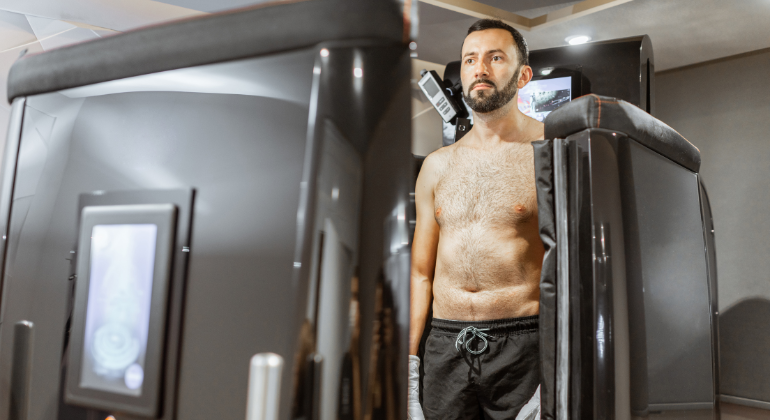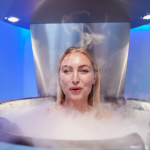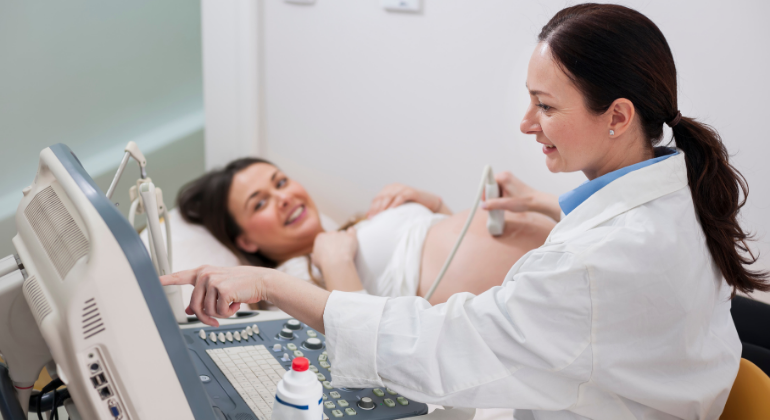Cryotherapy, commonly known as cold therapy, has grown in popularity in the health and wellness industry for its wide range of benefits—from pain relief to improved mental health. Like every medical treatment, cryotherapy does have some risks and limitations. Here we will look at the benefits and disadvantages of cryotherapy, therefore providing patients and doctors with informed information to take their decisions.
What is cryotherapy?
In Cryotherapy, we expose body to very low temperature treatment for medicinal purposes. Two most important forms are whole-body cryotherapy (WBC) and Localised cryotherapy. Under WBC, people enter a cryotherapy chamber where temperatures is dropped as low as -200°F (-129°C). On the other hand, localised cryotherapy targets specific area of body, such as muscles or joints utilising cold treatments occasionally using liquid nitrogen.
The Positive Impacts of Cryotherapy
Cryotherapy’s growing popularity due to its numerous potential benefits. Here, we explore the key positive impacts of this treatment.
Pain relief and muscle recovery
One of the most significant benefits of cryotherapy is its ability to help muscles heal and ease discomfort. Athletes and others individuals with chronic pain conditions including tendinitis and arthritis use cryotherapy extensively for speedy recovery. The ability of the cold exposure to reduce inflammation which is usually the basic reason of pain, allows faster healing and improved physical performance. Many sportsmen utilise cryotherapy to help in muscle recovery, therefore improving the healing process after a rigorous exercise or injury.
Reduced Inflammation
Many chronic conditions, including traumas, arthritis, and autoimmune diseases, are mostly brought on by inflammation. Cryotherapy is perfect for reducing inflammation, which can significantly improve symptoms and overall quality of life. Usually, a more all-encompassing treatment approach for managing ongoing inflammation recommends for cold therapy.
Mental health benefits
Recent research suggests the probable benefits from cryotherapy for mental wellness. cryotherapy and cold treatment respectively, helps in reducing the symptoms of anxiety and depression. Since endorphins released during cold exposure might help to improve mood, boost mental clarity, and reduce stress, making cryotherapy is a viable treatment for general well-being.
Improves skin health
Cryotherapy is used in dermatology to enhance skin condition. It is effective for skin conditions like warts, moles, and skin tags in promoting excellent skin regeneration. The cold exposure can also increase collagen synthesis, which could help to reduce fine lines, wrinkles, and other signs of ageing, making cryotherapy a popular choice for anti-aging.
Weight loss and metabolism boost
Cryotherapy is also beneficial for weight loss. The theory holds that cold exposure boosts metabolism as the body works harder to maintain its core temperature, so it generating greater calorie burn. Moreover, Cryolipolysis, commonly known as fat freezing, targets and eliminates fat cells, hence boosting metabolism. Cryotherapy can improve in weight-loss but it cannot replace diet and exercise.
Enhanced athletic performance

Athletes looking for best performance are prefferring cryotherapy. By reducing inflammation and muscular tension, cryotherapy can help sportsmen to recover faster, train harder, and perform better. Maintaining muscles and joints in top shape is also supposed to help prevent injuries.
Cryotherapy Negative Effects
While cryotherapy offers several potential benefits, it’s important to consider the risks and drawbacks associated with the treatment.
The risk of frostbite and skin damage

One of the most significant risks of cryotherapy, particularly whole-body cryotherapy, is frostbite. Exposure to extreme cold can damage the skin and underlying tissues if not properly managed. If one performs the cryotherapy procedure incorrectly or fails to use protective gear, the risk of frostbite increases significantly. Patients may also experience skin irritation or burns, especially with localized cryotherapy treatments.
Potential for nerve damage
Localized cryotherapy, when not administered correctly, carries the risk of nerve damage. Prolonged or excessive cold exposure can lead to numbness, tingling, or even long-term nerve impairment. This highlights the importance of having cryotherapy performed by a trained professional who understands the cryotherapy nerve damage risk.
Not suitable for everyone
Cryotherapy is not appropriate for all individuals. People with certain medical conditions, such as Raynaud’s disease, severe hypertension, or cold allergies, should avoid cryotherapy. We also advise against undergoing cryotherapy for pregnant women and those with cardiovascular conditions, as the extreme cold can exacerbate these issues. Cryotherapy contraindications must be carefully considered before starting treatment.
Temporary Benefits
While cryotherapy may offer immediate relief from pain and inflammation, the effects can be temporary. Patients often require multiple sessions to maintain the benefits, and the relief may not be long-lasting for everyone. Cryotherapy should be considered a complementary treatment, not a stand-alone solution, for patients with chronic conditions.
Extensive research is lacking
Although cryotherapy is gaining popularity, there is still a lack of extensive, long-term research on its effectiveness and safety. Many of the claimed benefits are based on limited studies, anecdotal evidence, or short-term results. Healthcare providers should consider the current scientific evidence and balance it with patient needs when recommending cryotherapy.
Conclusion
Cryotherapy presents a compelling option for those seeking relief from pain, inflammation, and even mental health challenges. Its potential to improve skin health, support weight loss, and enhance athletic performance further adds to its appeal. However, it’s crucial to weigh these benefits against the potential risks, including frostbite, nerve damage, and the possibility that cryotherapy may not be suitable for everyone.
As with any medical treatment, consultation with a healthcare provider is essential to determine if cryotherapy is the right choice for your specific needs. By understanding both the positive and negative impacts of cryotherapy, patients and healthcare professionals can make informed decisions to optimize health outcomes.
For more information and to schedule a consultation, visit Painflame clinic .
Recent Blog : Best Female Physiotherapist in Gurugram: Your Trusted Partner for Women’s Health and Recovery
1. What is Cryotherapy and How Does It Work?
Cryotherapy is a treatment that involves exposing the body to extremely cold temperatures, typically ranging from -130°F to -200°F (-90°C to -129°C). This can be done through whole-body cryotherapy (WBC), where individuals enter a cryotherapy chamber, or localized cryotherapy, which targets specific areas like muscles or joints using cold treatments such as liquid nitrogen. The extreme cold triggers a physiological response, reducing inflammation, promoting muscle recovery, and providing pain relief.
2. What Are the Benefits of Cryotherapy for Pain Relief and Muscle Recovery?
Cryotherapy is highly effective for pain relief and muscle recovery. It works by reducing inflammation, a key contributor to pain in conditions like arthritis and tendinitis. The cold exposure helps in quicker healing and improved physical performance. Athletes frequently use cryotherapy to speed up muscle recovery after intense workouts or injuries, making it an essential part of their recovery routine.
3. Are There Any Risks or Side Effects Associated with Cryotherapy?
Yes, while cryotherapy offers many benefits, it also carries risks. The most significant risk is frostbite, especially during whole-body cryotherapy if the procedure isn’t performed correctly or if protective gear is not used. Other risks include skin irritation, burns, and potential nerve damage from prolonged exposure to extreme cold. It’s important to have cryotherapy administered by a trained professional to minimize these risks.
4. Can Cryotherapy Help with Weight Loss and Boosting Metabolism?
Cryotherapy may assist with weight loss by boosting metabolism. The theory is that cold exposure forces the body to work harder to maintain its core temperature, leading to increased calorie burn. Additionally, cryotherapy can target and eliminate fat cells through a process known as cryolipolysis or “fat freezing.” However, it’s important to note that while cryotherapy can support weight loss efforts, it should be combined with a healthy diet and regular exercise for the best results.
5. Is Cryotherapy Suitable for Everyone? Who Should Avoid It?
Cryotherapy is not suitable for everyone. Individuals with certain medical conditions, such as Raynaud’s disease, severe hypertension, or cold allergies, should avoid cryotherapy. Pregnant women and those with cardiovascular issues are also advised against undergoing cryotherapy, as the extreme cold could exacerbate these conditions. Always consult with a healthcare provider to determine if cryotherapy is safe for you before starting treatment.







